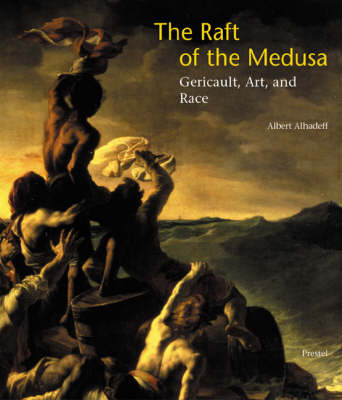Art & Design S.
1 total work
A re-examination of one of the most influential paintings of the Romantic era. Albert Alhadeff shows how Gericault's seminal canvas was a reflection of early abolitionist sentiment, as well as one of the first uses, in European art, of a black figure to symbolise the hopes of all humanity. Based on a controversial and politically-charged event, "The Raft of the Medusa" is Theodore Gericault's most ambitious work. The painting depicts the wreck of a French government ship off the West African coast, and its passengers' desperate struggle to survive. Since its unveiling in 1819, this masterpiece has been decried and admired for its unrelenting realism and for its groundbreaking portrayal of the ship's survivors. Here Alhadeff revises the standard reading of "The Raft" as a realistic depiction of a tragic event, highlighting instead the ambiguities Gericault has woven into the scene. These ambivalences, he argues, reveal as much about Gericault's artistic brilliance as they do about the advent of abolitionism in the turbulent society in which he lived.
Illustrated with details from the painting as well as comparative illustrations, this is a provocative look at a work which remains central to the history of modernity in art.
Illustrated with details from the painting as well as comparative illustrations, this is a provocative look at a work which remains central to the history of modernity in art.
